#eurasian steppes
Text

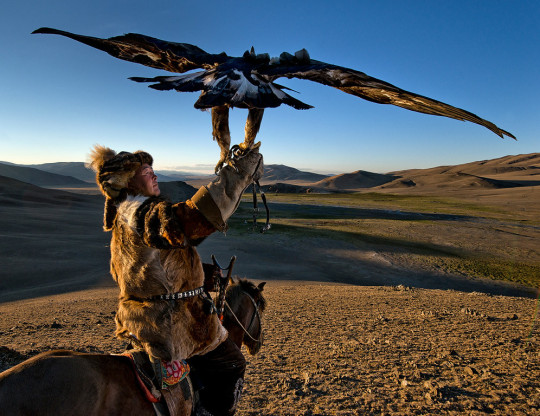
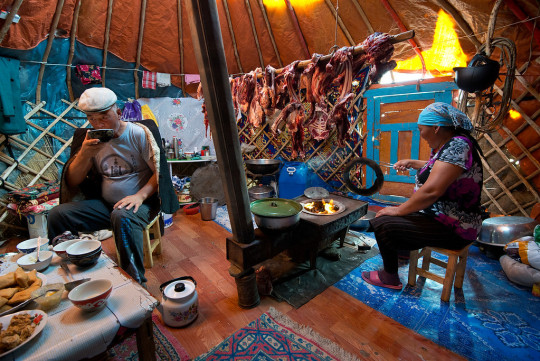
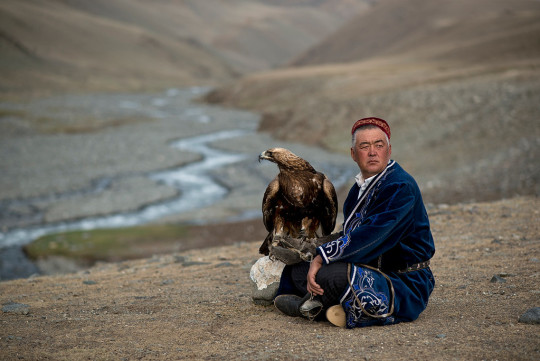


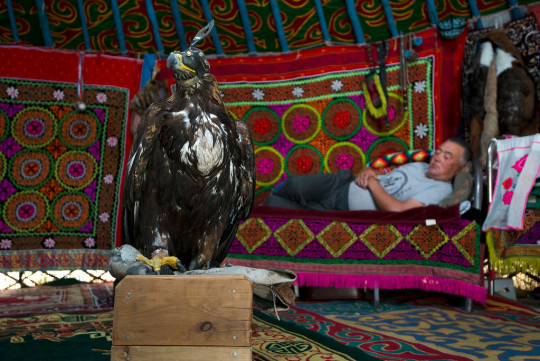


An Eagle Hunter From Kazakhstan
273 notes
·
View notes
Text
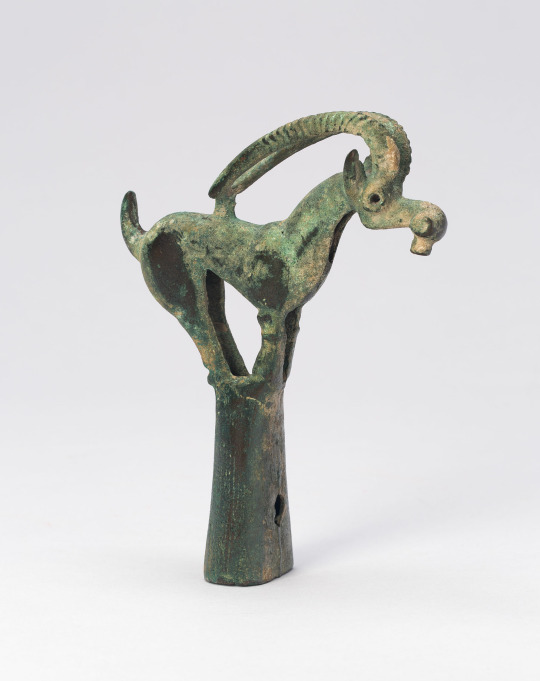
Pole Cap with Antelope
Eurasian steppes, 6th/4th century B.C.
Bronze sculptures of real and imaginary animals are generally known as “Ordos” after the Ordos Desert in which they were first discovered in the early twentieth century. This northern and northwestern frontier of China—which also includes the forests and grasslands of present-day Inner Mongolia, Outer Mongolia, southern Siberia, and parts of Central Asia was occupied by hunting and herding tribes during the first millennium B.C. The precise ethnic identities of most of these tribes are unknown; ancient Chinese texts refer to many of these tribes by ancient regional names rather than by the names by which the tribes called themselves.
21 notes
·
View notes
Photo

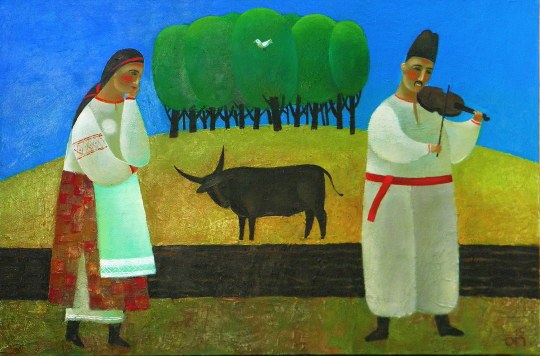

Ukrainian Cossacks - Oleksiy Potapenko
#cossacks#ukraine#ukrainian art#ukrainian#slavic#turkic#cuman#steppe#eurasian steppes#scythian#iranic#Oleksiy Potapenko
24 notes
·
View notes
Text
Review of The Horse, the Wheel, and Language: How Bronze-Age Riders from the Eurasian Steppes Shaped the Modern World by David W. Anthony

I will be upfront, it is a very technical book. If you are not well versed in the anthropological categorizing of cultures and time periods of the areas being discussed it can be very difficult to keep up with the more finite points the author is making. That being said, I had never heard of any of the specific cultures being discussed in the Danube Valley and was still able to enjoy this book and its well put together analysis of various aspects of language, culture, technological developments and shifts in behaviors and place.
If you are especially interested in any of the major themes this book discusses (which is in all honesty is an extensive list including but not limited to; the development of Indo-European language, the time periods and locations as well as likely motivation for domestication of various livestock types, the cultural effects of technological developments on the peoples of the Eurasian Steppes and their migration/trading patterns) I do highly recommend. It is heavy reading but extremely illuminating.
#The horse the wheel and language#David W Anthony#historical anthropology#anthropologist#anthropology#ancient languages#language#historical linguistics#linguistics#proto indo european#indo european#steppes#eurasian#eurasian steppe#horse#horses#husbandry#burials#Cattle#sheep#book review
158 notes
·
View notes
Text
After almost a decade of research, archaeologists have uncovered a 4,000-year-old pyramid in Kazakhstan, which is unlike any structure discovered in the Central Asian steppes before.
60 notes
·
View notes
Text
you know i must have been bone-tired when this part of the herb brides lore didn't come to my mind when i discussed how the Kin fundamentally differs from the cultures it is inspired by um There Is The Human Sacrifice part. like it's an important part of pathologic 2 that you are doing human, or anthropomorphic (if you want to see the Herb Brides as closer to spirits, which comes with its own set of problematics regarding how to approach their oppression) sacrifice. it's an important part of pathologic 2 that you kill a woman, as part of the journey and in direct resonance with you ritualistically killing cattle earlier, and she offers herself to you with cultural and religious significance.
human sacrifices have been done across the globe for millennia, but i cannot, for the life of me, find any source at all that mentions the Buryats (since that was the discussion point) partaking in human sacrifices by the turn of the 19th-early 20th century (or even anything past the 16th). every single source mentioning offerings and sacrifices i've read mentions animals, things such as milk and vodka, and often both at once. would love to read anything about these rituals if papers exist, but i'm personally drawing a blank.
the Kin has Obvious and very Visible influences but it also differs from specific (in this discussion's case, the Buryats) or wider (here, turkic/mongolic as a whole) cultures from the area by so many pieces, big and small, that i wouldn't have enough appendages on my whole body to count them all. and sister. i have plenty of appendages.
#i AM reading a paper that mentions the human sacrifices at Mongol burials where people (typically servants or family) would be sacrificed#to accompany the dead; as well as the Shor practice of sacrificing women/girls (replaced apparently quickly by sacrificing ducks)#but those seem pretty old [the Mongol part mentions the 13th century] & like. nothing about the buryats in that time period#i'm like 85% sure i saw in the beginning of being into patho someone saying how equating the Kin; who practice human sacrifices [& others]#to correlate/be meant to represent Real Life ethnicities is insulting because They Don't Do That.#and like. everythingggg that touches upon representation/appreciation/appropriation/theft is subjective and#informed my how much leeway you're willing to give the creators so that's like#bro i'm just reading PDFs#also just found out the discussion of ''The Kin Is Obviously Inspired But Not Meant To Represent [x]'' is over 2yrs old. we're still at it.#as anon said. ''unless you're tolkien; coming up with a whole fictional language is hard''.#anyways appendage time. stuff that differs just out of the top of my head:#everything relating to the religion which is almost a complete inverse of buryat tengrist/shamanic faith + don't get me started on buddhism#the clothes. the homes. the creation myths; beyond the apparition of Clay; which is present in so many cultures on earth#no swan ancestor. no lake worship. no sky/heavens. no tens of named hierarchical deities. NO BURBOT! no hats. no hats (burts into tears)#NO HORSES? ON THE EURASIAN STEPPE?#the belief that earth mustn't be cut is so buryat. i'm sure i've read it. no idea if it is also in other mongolic peoples but buryat it is.#also a bull-ancestor/bull totem. that exists in buryat tribes; but they also have a bunchhhhh of other sacred animals (including. swans.#also horses. there's this [charm?] made out of horse hair there is)#neigh (blabbers)#i'm realizin how crazy i sound repeating shit that has been said 2yrs ago but like someone already mentioned the human sacrifice.#someone already mentioned the clothes. someone already mentioned the yurts/gers. someone already mentioned the religion#like i'm just. repeating stuff. and yet. give it up for year 2
20 notes
·
View notes
Text
Sunny weather gets me feeling like I'm possessed by a wild horse
3 notes
·
View notes
Note
Could you make a palette for the Eurasian steppe Jay? (My favourite bird) Thank you!

b37e68 || #f2f2ed || #6ab6cb || #716c6b || #1a3342
33 notes
·
View notes
Text
i'm a simple person i see mention of steppes and go OMG STEPPES
1 note
·
View note
Text
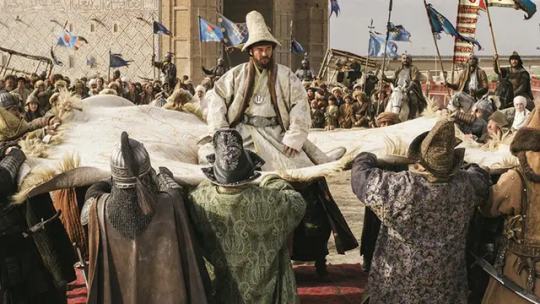
Qazaq Handygy. Altyn Taq. (Kazakh Khanate: Golden Throne), 2019, Rustem Abdrashev
#kazakh#central asia#kazakhstan#cinema#films#film stills#eurasia#eurasian steppes#kazakh cinema#kazakh films#central asian films#central asian cinema
38 notes
·
View notes
Text
Whenever I’m annoyed at something I’m like okay bereshit go eat some tavuk kebab and now I am eating tavuk kebab + acılı ezme and I am no longer annoyed
#I’m so Eurasian steppe warrior coded (thinks about how they only had unseasoned horse) ok maybe not
0 notes
Text
youtube
0 notes
Text
Shooting a question into the void:
If anyone one knows good, accessible history books about the culture (material and otherwise) and daily life/society of the various peoples of the Eurasian steppe that aren't the Mongols (ideally the book doesn't talk about the mongols at all except in the context of their interactions with others) that would be useful from the standpoint of fantasy worldbuilding, I would greatly appreciate any titles.
#History#History Books#Eurasian Steppe#Worldbuilding#Fantasy Worldbuilding#Shooting A Question Out Into The Void
0 notes
Text
anglosaxon neonazism will fall and be reduced to nothing but ashes and smoking rubble
#washington dc will look like the fucking eurasian steppes#i wish nothing but death and fire upon the cancer of north america and all of its supporters and all of its collaborators#may the terrorized nations of usonia be liberated and the concept of an american nation be crushed for a billion years!#a billion years!!
0 notes
Note
do you want to listen to кара жорго super kyrgyz folk song and dance. and see horses within. do you want to see it. hello?
https://youtu.be/77NnDv8pemM?si=tQWD8CviDgYS0eY7 (кара жорго super kyrgyz folk song and dance 👍)
fuckkkk yes dude banger. also the eternal saying "if you come from a steppe environment your swag is unfuckable" holds so true love the hats
#horse riding cultures of the eurasian steppe like brothers and sisters to me#IS THAT A KHOMUS I HEAR#ring ring (answers)#anonymous
8 notes
·
View notes
Text
Every human being on this planet has a culture and All Cultures Are Valid and Cool (Yes, even yours).
#anthropology#culture#world#north america#south america#europe#West Asia and the Middle East#North Asia#East Asia#oceania#north africa#Sub Saharan Africa#east africa#madagascar#Southeast Asia#Polynesia#south asia#Eurasian Steppe#arctic circle#The one part of Antarctica that is inhabited counts too why not
0 notes